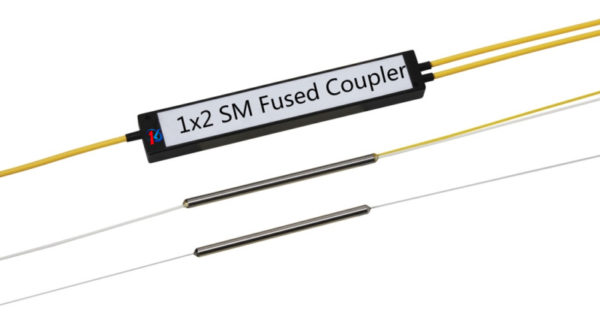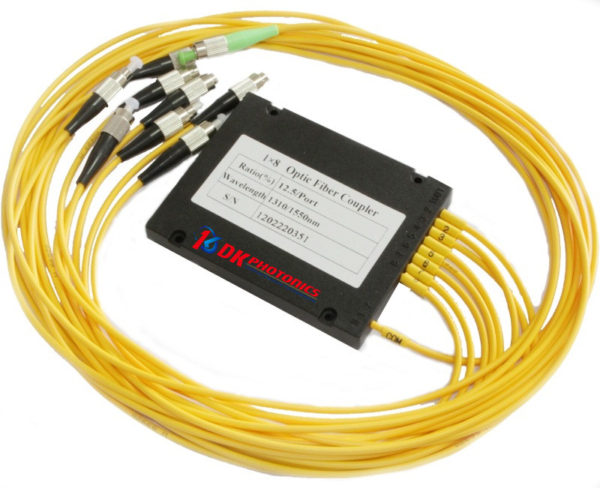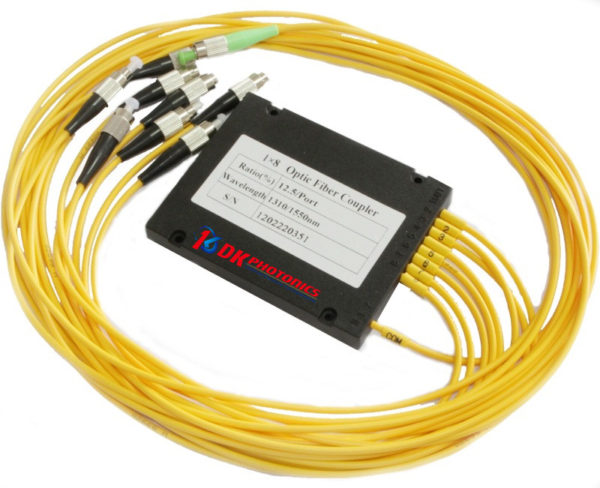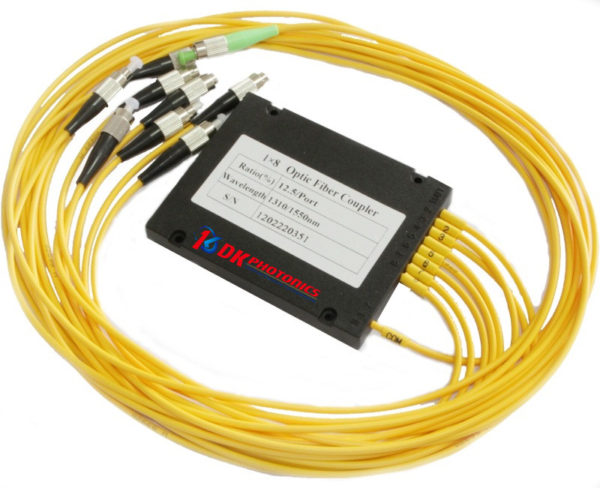Optical fiber technology has revolutionized the way we transmit information over long distances, enabling faster and more reliable data transfer than ever before. At the heart of this technology lies an essential component called the optical fused coupler. In this article, we will delve into the intricacies of this fascinating device, uncovering its inner workings, applications, advantages, and challenges.
1. Introduction
In the world of fiber optics, optical couplers play a crucial role in splitting, combining, and distributing optical signals. Among them, the optical fused coupler stands out for its unique manufacturing process and exceptional performance. This article aims to provide a comprehensive understanding of how this device functions and its applications across various industries.
2. What is an Optical Fused Coupler?
Definition and Function
An optical fused coupler is a passive device used in optical fiber systems to combine or split optical signals with high precision. It operates on the principle of light wave interference and is capable of fusing two or more fibers together to form a single, integrated output. The coupler is engineered to facilitate efficient signal transfer without significant loss or distortion.
Types of Fused Couplers
There are different types of optical fused couplers available, such as 1×2, 2×2, and 1×3 couplers, each designed for specific applications. The 1×2 coupler combines two input fibers into a single output, while the 2×2 coupler enables two inputs and two outputs. On the other hand, the 1×3 coupler can accommodate three input fibers.
3. How Does an Optical Fused Coupler Work?
Basic Principle
The optical fused coupler operates on the principle of evanescent field coupling. When two or more optical fibers are brought into close proximity, the evanescent fields of these fibers interact, leading to a coupling effect. This coupling redistributes the light energy between the fibers, resulting in the combining or splitting of optical signals.
Manufacturing Process
The manufacturing process of optical fused couplers involves carefully fusing and tapering two or more fibers. This delicate process requires precise control of temperature and tension to achieve the desired coupling ratio. The tapered region allows for efficient signal transfer, ensuring minimal loss and excellent performance.
4. Applications of Optical Fused Couplers
Telecommunications
Optical fused couplers find extensive use in telecommunications networks for distributing signals, enabling data transmission between multiple destinations. These couplers play a crucial role in building reliable communication infrastructure.
Optical Fiber Sensing
In various industrial applications, optical fiber sensors are used for monitoring parameters such as temperature, pressure, and strain. Fused couplers facilitate the creation of sensor networks, enhancing the accuracy and sensitivity of such systems.
Biomedical Applications
The medical field benefits from optical fused couplers in optical coherence tomography (OCT) systems and endoscopy. They aid in delivering and combining light signals for imaging and diagnostic purposes.
5. Advantages and Disadvantages
Advantages
- Low Insertion Loss: Optical fused couplers exhibit minimal signal loss, ensuring efficient signal transfer.
- Compact Size: These couplers have a small form factor, making them ideal for space-limited applications.
- High Reliability: Fused couplers are robust and offer long-term reliability in demanding environments.
Disadvantages
- Limited Wavelength Range: Some fused couplers may have restrictions on the wavelength range they can support.
- Manufacturing Complexity: The intricate manufacturing process can lead to higher production costs.
6. Comparing Optical Fused Couplers with Other Devices
While optical fused couplers are highly efficient and reliable, they are not the only devices in the market for signal management. Other components like wavelength division multiplexers (WDMs) and optical splitters serve similar functions. Each device has its own set of advantages and limitations, and the choice depends on specific application requirements.
7. Future Developments and Trends
The field of fiber optics is continually evolving, and optical fused couplers are no exception. Researchers and engineers are exploring advanced materials and manufacturing techniques to enhance performance and reduce production costs. As demands for higher data rates and greater efficiency increase, the optical fused couplers of the future are poised to be even more sophisticated and reliable.
Conclusion
In conclusion, optical fused couplers are fundamental components in the world of fiber optics. Their ability to combine and split optical signals with minimal loss makes them indispensable in various industries, including telecommunications, sensing, and medicine. As technology advances, these couplers will continue to play a vital role in shaping the future of optical communication.




